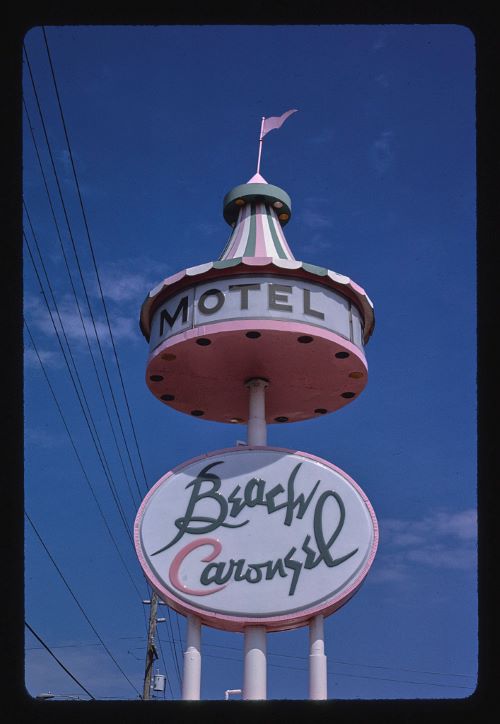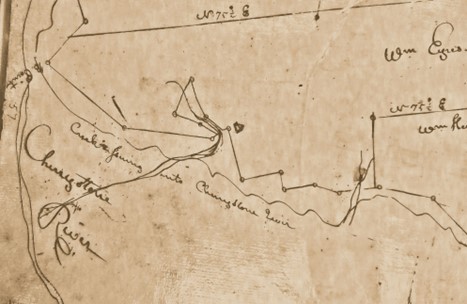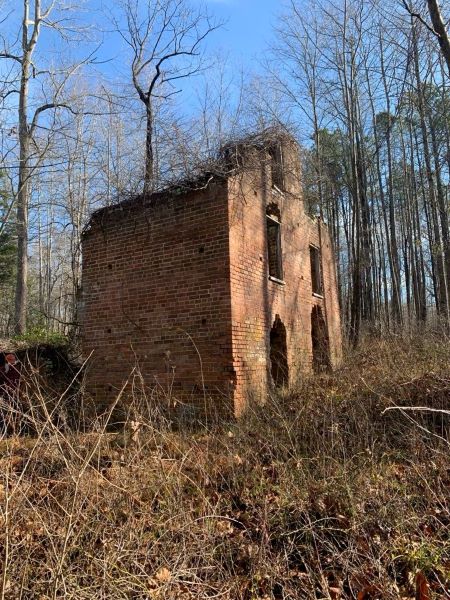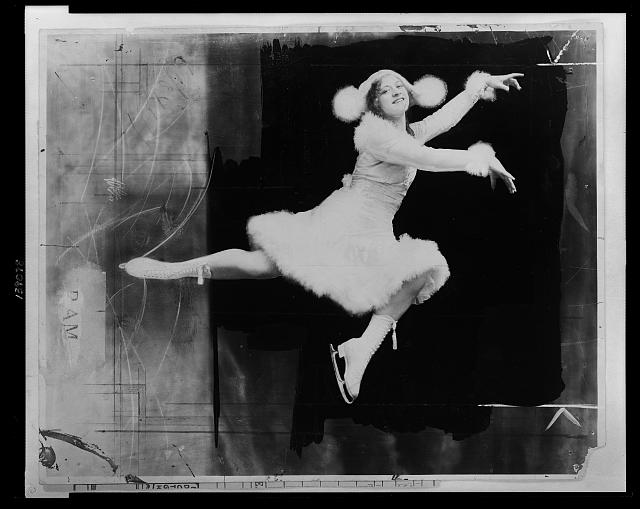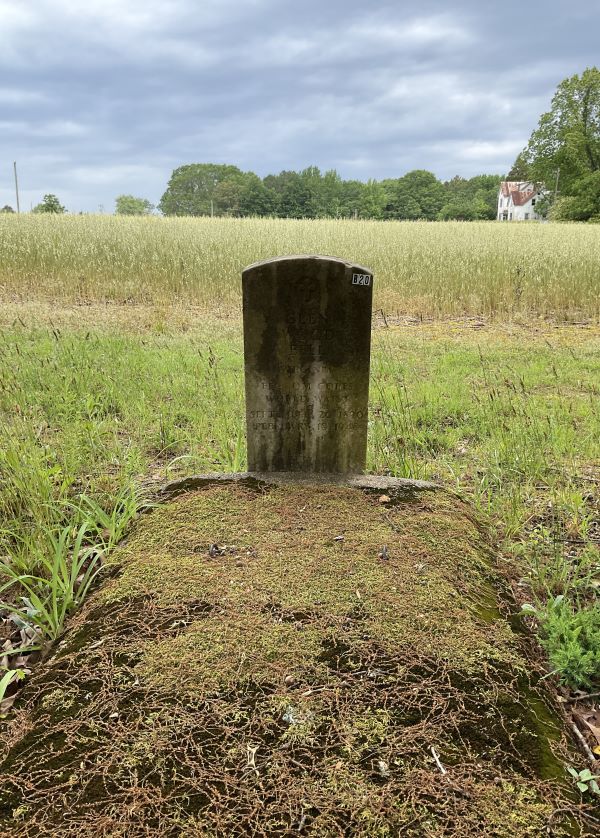History on the James, Batteaux From the 18th to the 21st Centuries
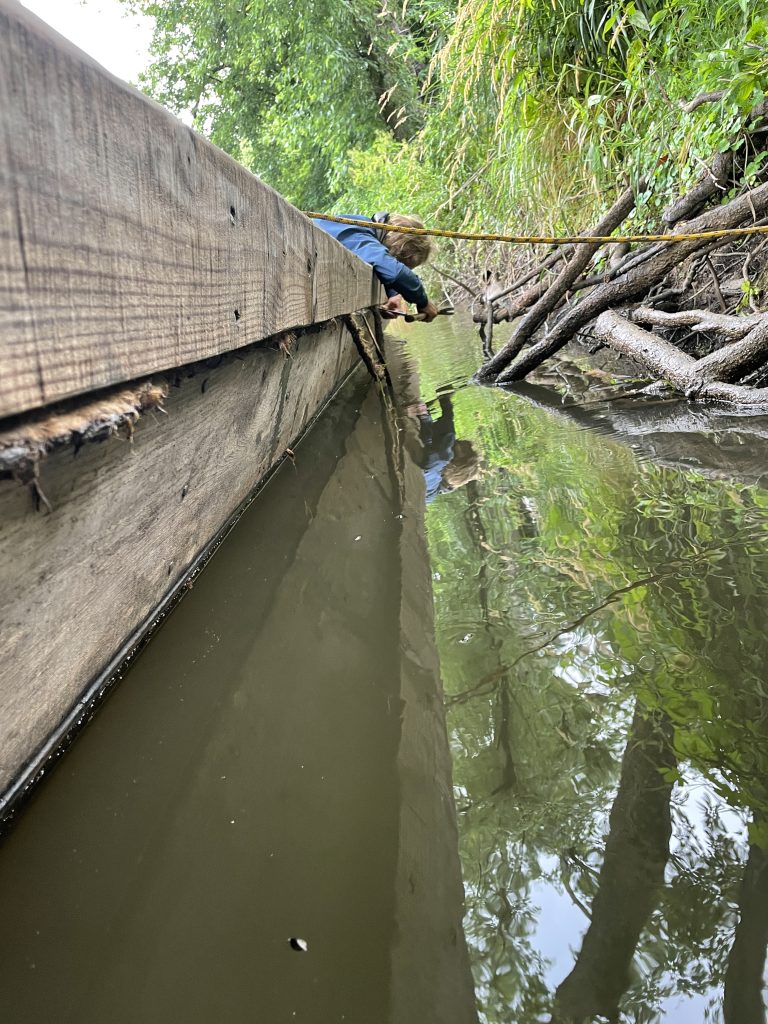
A peeled sapling, roughly eighteen feet long, plunges into the water and strikes bottom with a gravelly ‘thunk’. You are now connected with the riverbed and lean forward, putting a shoulder to the pole to bear your weight. At the same time, you start walking forward – pushing. Below you, wooden planks polished by sandy feet glide by like some prehistoric treadmill. Look down and count the ribs, eight will pass under you before the short walk is over. The boat moves forward, a small wake vees out from the bow and heads towards the bank line marking your progress. Turn, lift the pole, and walk back to do it again. Plant the pole and stamp, plant and stamp, plant and stamp. This is the rhythm of the boatman and an ancient human connection to our rivers.
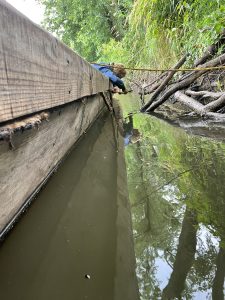
For the past 37 years the James River Batteau Festival (JRBF) has honored the history of the river by replicating wooden cargo boats knowns as batteau (the plural is batteaux) and piloting them from Lynchburg down to Maiden’s Landing in Powhatan County at the Rt. 522 bridge. The replica batteaux are built from oak and pine, range from 40-50 feet long and are a little over six feet wide. Shelter from rain may be a canvas tarpaulin stretched over hoops, under a bankside tree, or maybe just beneath the wide brim of your hat. Accommodations aboard are spartan but devotion to the festival is fierce.
It takes dedication and many months of planning to pull off the weeklong festival. Even through Covid, the group persisted their annual homage to the boatmen of the past and this year was no different. The 120-mile pilgrimage involves 10-15 batteau and many, many people in kayaks and canoes who come along to witness the waterborne parade. It’s a beautiful spectacle to witness, the slender honest wooden craft poled along just faster than the current and steered by two massive oars, one forward and one aft, known as “sweeps”. But it’s not just beautiful, it’s our history – complex and worth contemplation. Let’s take a moment to dive in and understand the importance of batteaux and their inland sailors


